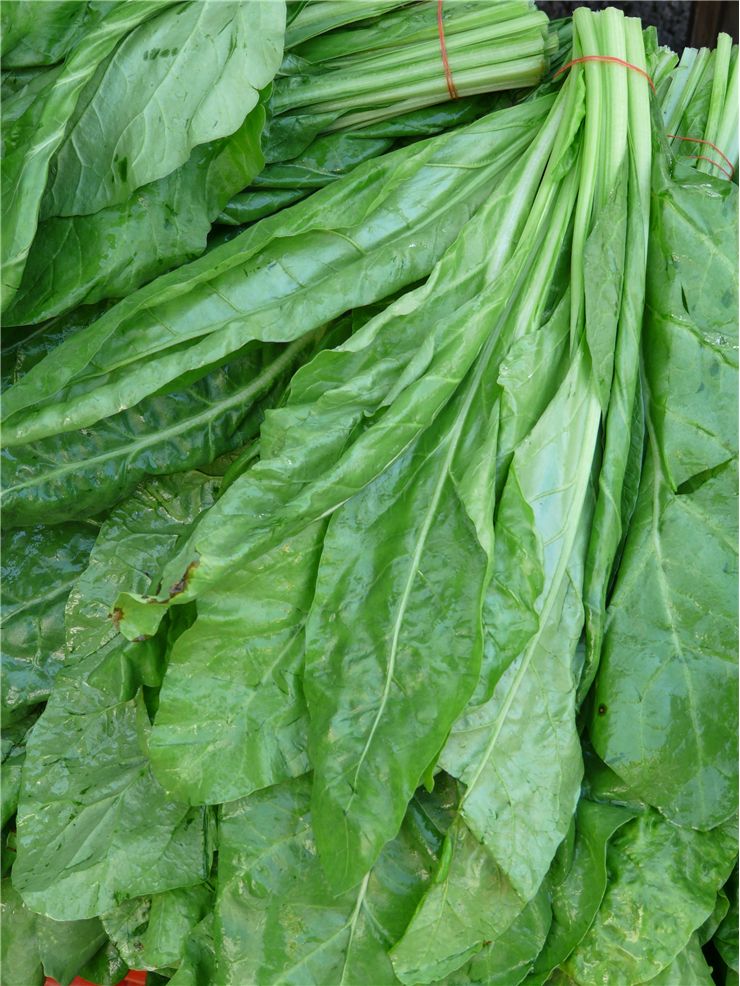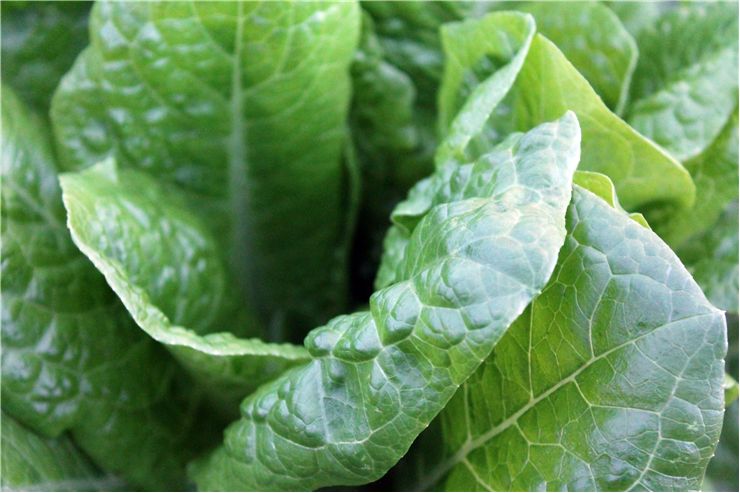Spinach History - Origins of Different Types of Spinach
Spinach is an annual edible flowering plant whose leaves we use for nourishment since the ancient times. It can grow up to 30 cm in height and its leaves can have a width of up to 15 cm and length of 30 cm. Its seed comes from very small fruits (10 mm in radius) which in turn come from equally small flowers (5 mm).
Spinach's place of origin is ancient Persia or today's Iran and surrounding countries. From there it crossed into India, but it is not known who brought it there. Ancient Chinese got it from India and gave it a name “Persian vegetable”. There we find the first written mentioning of the spinach which says that it came to China via Nepal somewhere around the year 647. Saracens (which was how Europeans called Muslims during the later medieval era) brought spinach to Sicily in the year 827. The first texts to mention spinach in Mediterranean were written in the 10th century, and there was three of them. One was a medical text written by Rhazes in the West while the other two were agricultural texts by Ibn Waḥshīyah and Qusṭus al-Rūmī. Ibn Ḥajjāj also wrote about it in the 11th century. During the times when the Arabs held Mediterranean, spinach was very popular and in time (read the 12th century) it came to Spain. Great Arab agronomist there – Ibn al-ʻawwām, called it in his texts “the chieftain of leafy greens” which tell about in what regard the held this plant. Germany knew about the prickly-seeded variant of spinach by the 13th century. Smooth-seeded appeared in the 16th century and was described for the first time in 1552. Spinach came to England and France in the 14th century from the Spain. It became very popular there because it grew in spring when there were no other vegetables in that period of history. Lent, that is observed in spring, is one more reason for the popularity of spinach because it discourages consumption of other foods. “The Forme of Cury,” The first English cookbook, was also the first to mention spinach. When Catherine de' Medici became queen of France in 1533, spinach again gained in popularity. She liked it so much that she ordered it prepared for every meal. Catherine de' Medici was born in Florence and because of that, even today, cuisines made with spinach are known as “Florentine.” During the First World War, French soldiers that suffered from hemorrhage were given wine mixed with juices from spinach. During those times, spinach was cultivated in more useful variants.

Older types had a characteristic to for bolt too soon – before they develop large leaves which we need for food. Newer variants grow faster but develop seeds large and strong and bitter taste of the older types. They also have broader leaves and round seeds.
Three basic variants of modern spinach are Savoy which has dark green, crinkly and curly leaves; Semi-savoy, a hybrid variety which has slightly crinkled leaves and is much easier to clean than standard Savoy; and Flat- or smooth-leaf spinach which is, even more, easier to clean because of its smooth leaves.
Spinach is a great source of vitamin A, vitamin C, vitamin K, riboflavin and vitamin B6, vitamin E, calcium, potassium, dietary fiber, magnesium, manganese, folate, and iron. 100g of spinach has only 23 calories. Although it has high quantities of iron (more than meat), it also contains oxalate which is iron absorption and inhibiting substance, and it prevents organism to absorb iron so it doesn't have such a beneficial influence as it could have. Oxalate also inhibits absorption of calcium and because of it, the body can absorb only 5% of calcium spinach has.



